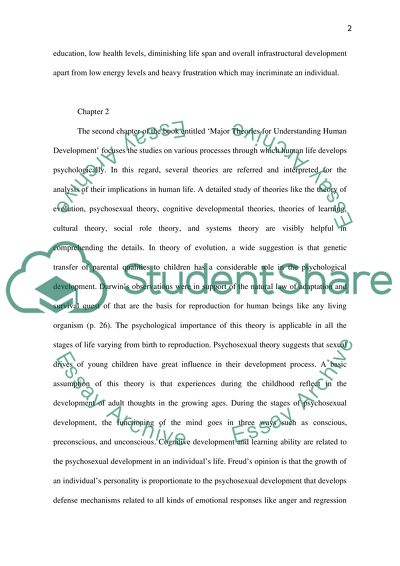Cite this document
(“Synopsis Essay Example | Topics and Well Written Essays - 2500 words”, n.d.)
Retrieved from https://studentshare.org/psychology/1397748-see-instructions
Retrieved from https://studentshare.org/psychology/1397748-see-instructions
(Synopsis Essay Example | Topics and Well Written Essays - 2500 Words)
https://studentshare.org/psychology/1397748-see-instructions.
https://studentshare.org/psychology/1397748-see-instructions.
“Synopsis Essay Example | Topics and Well Written Essays - 2500 Words”, n.d. https://studentshare.org/psychology/1397748-see-instructions.


